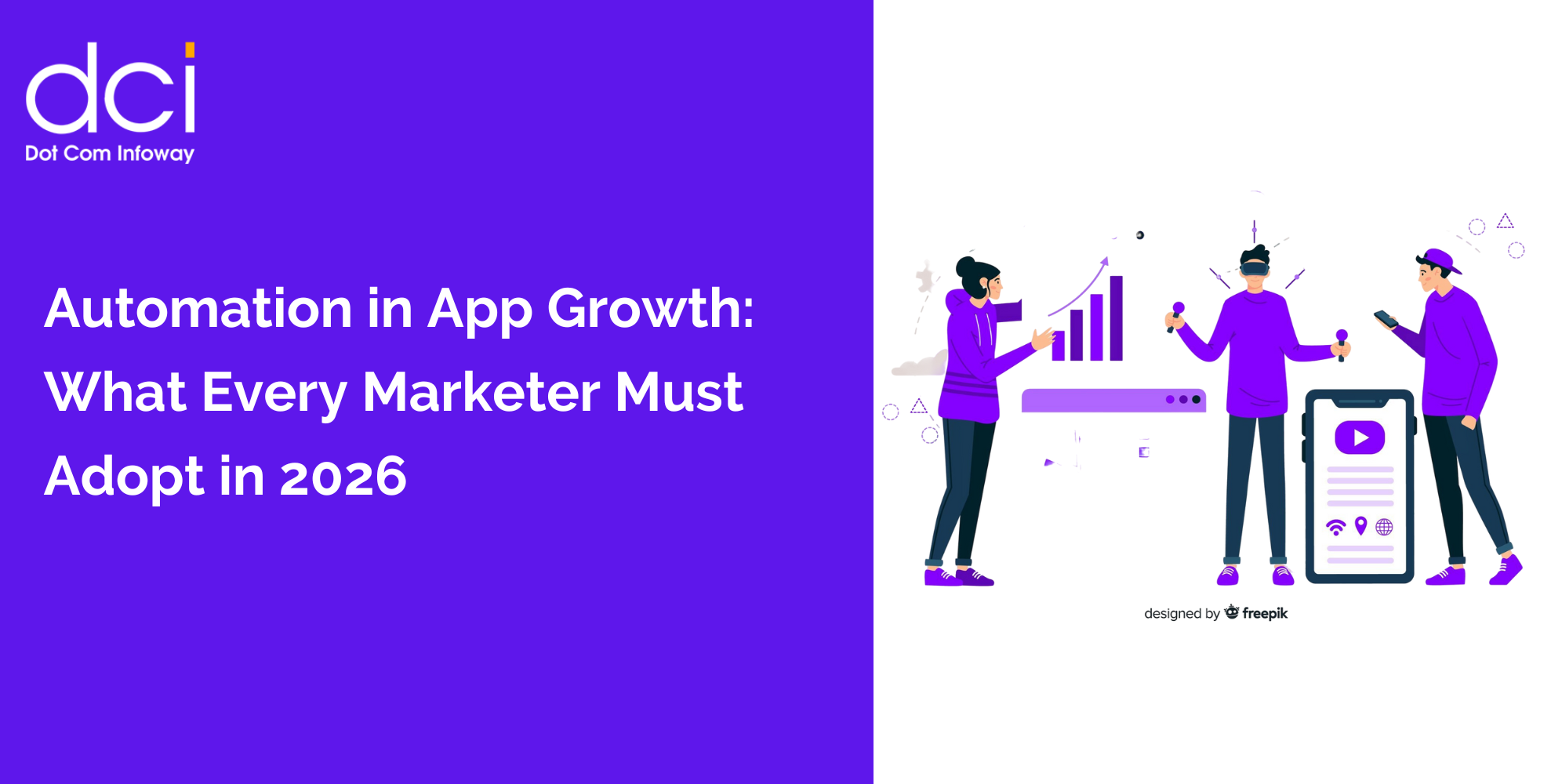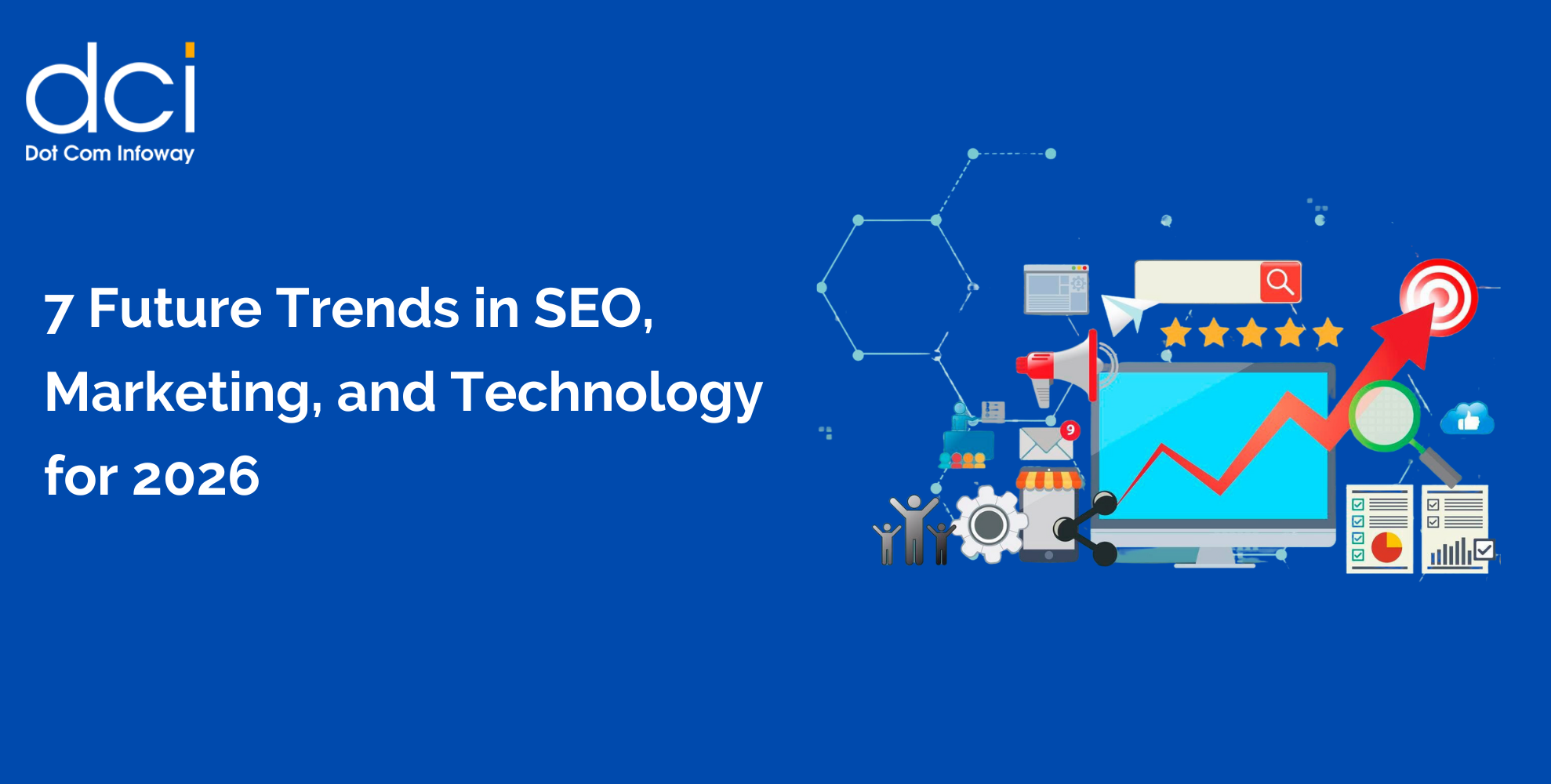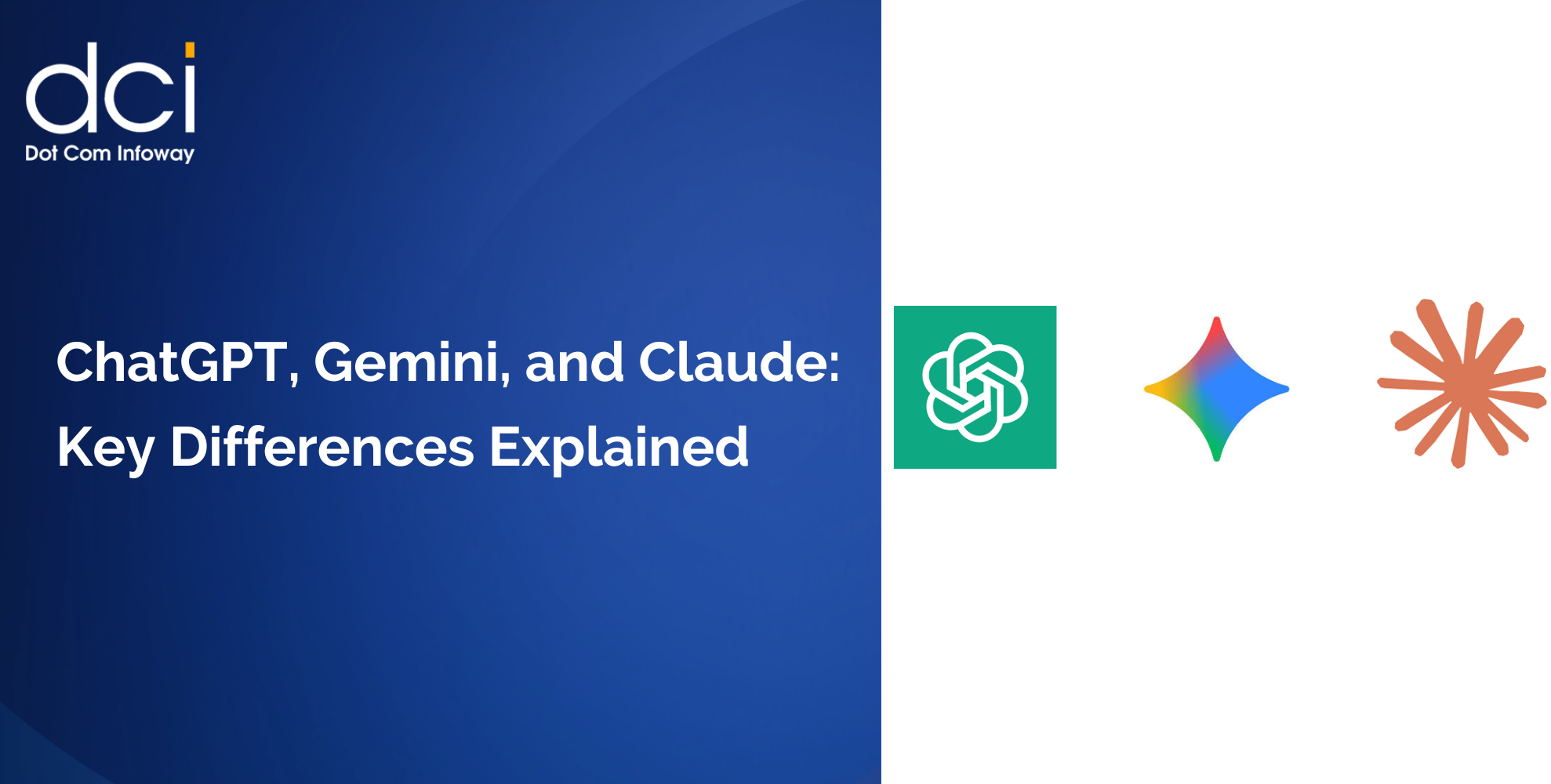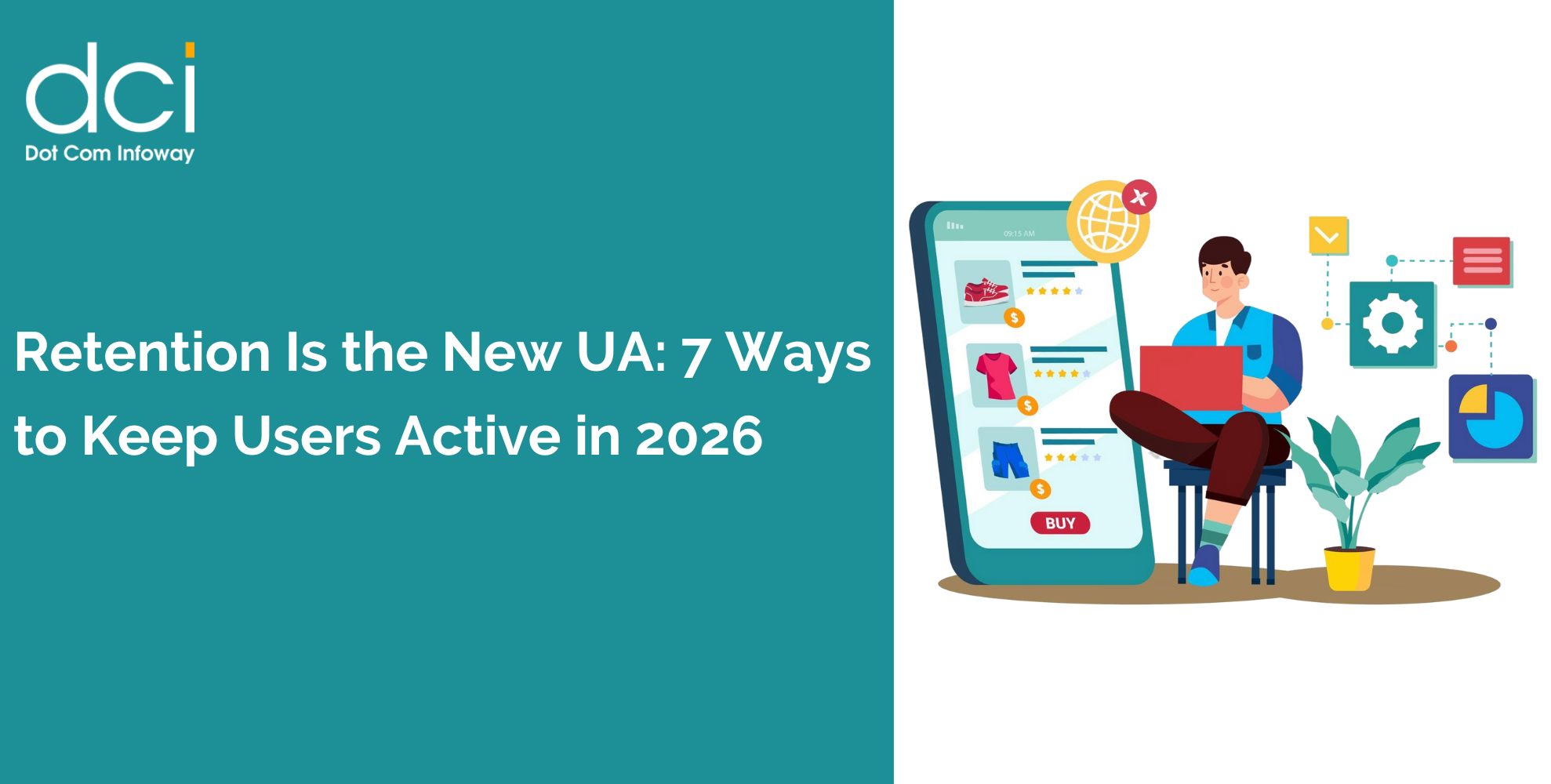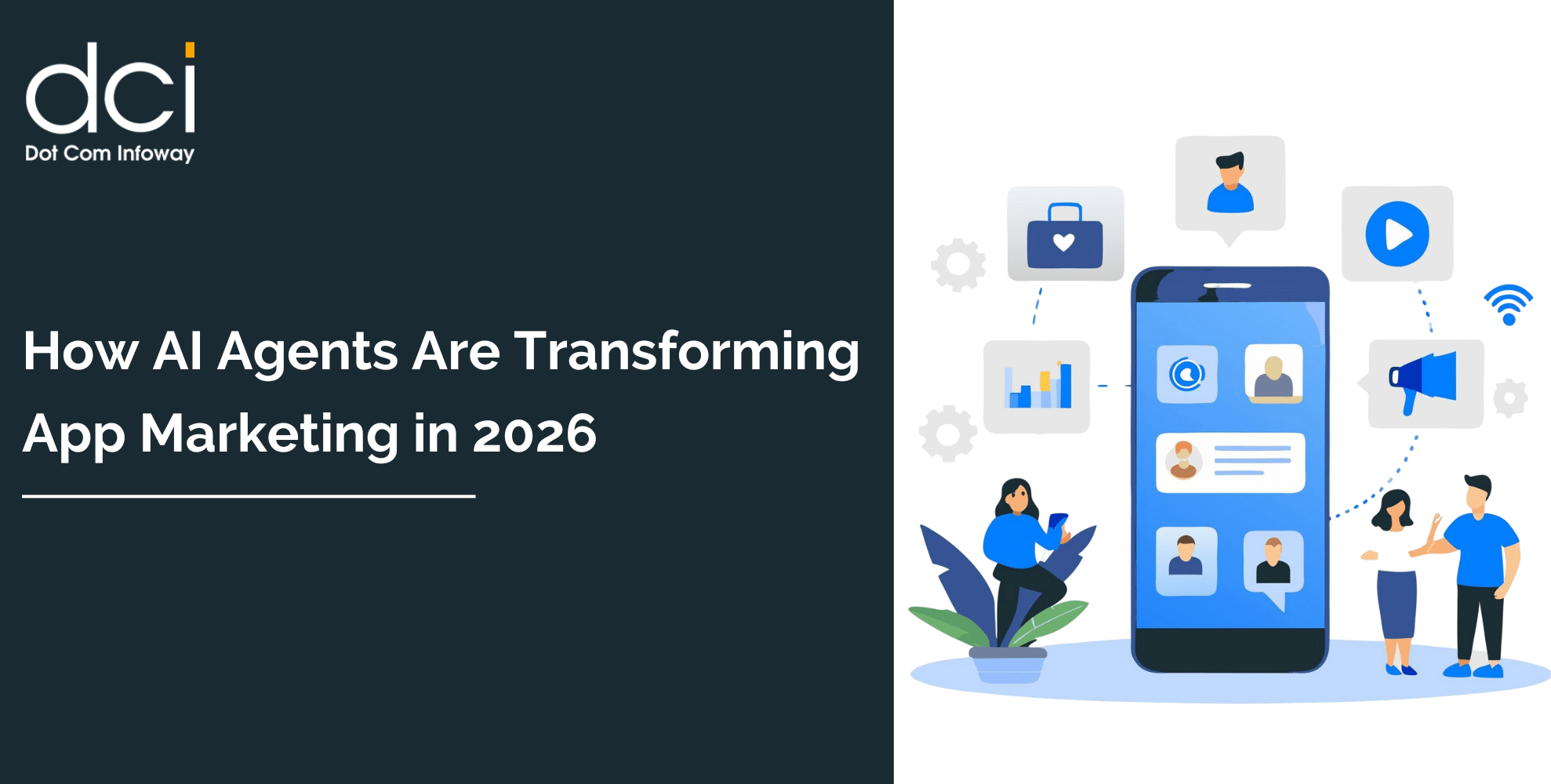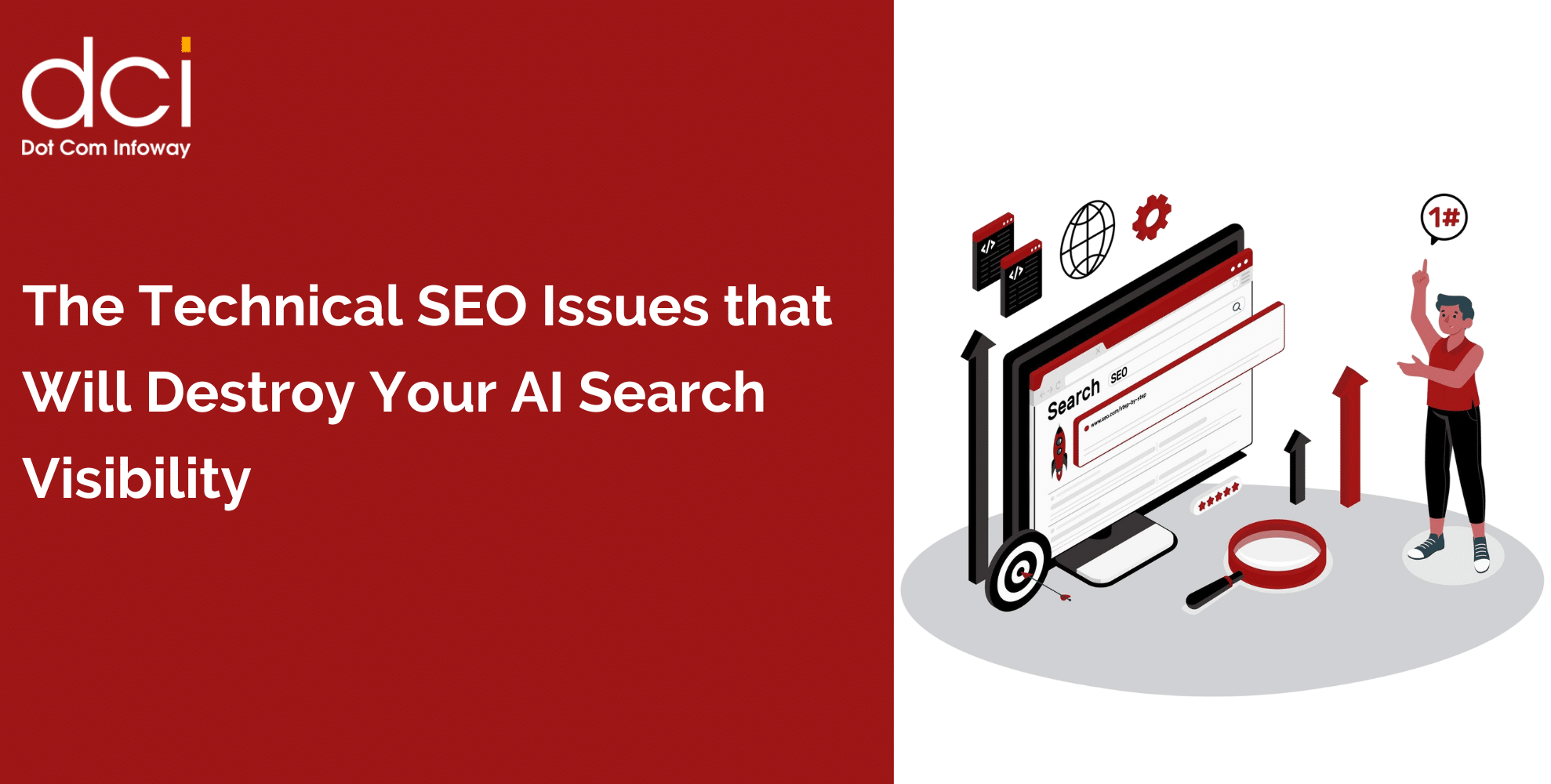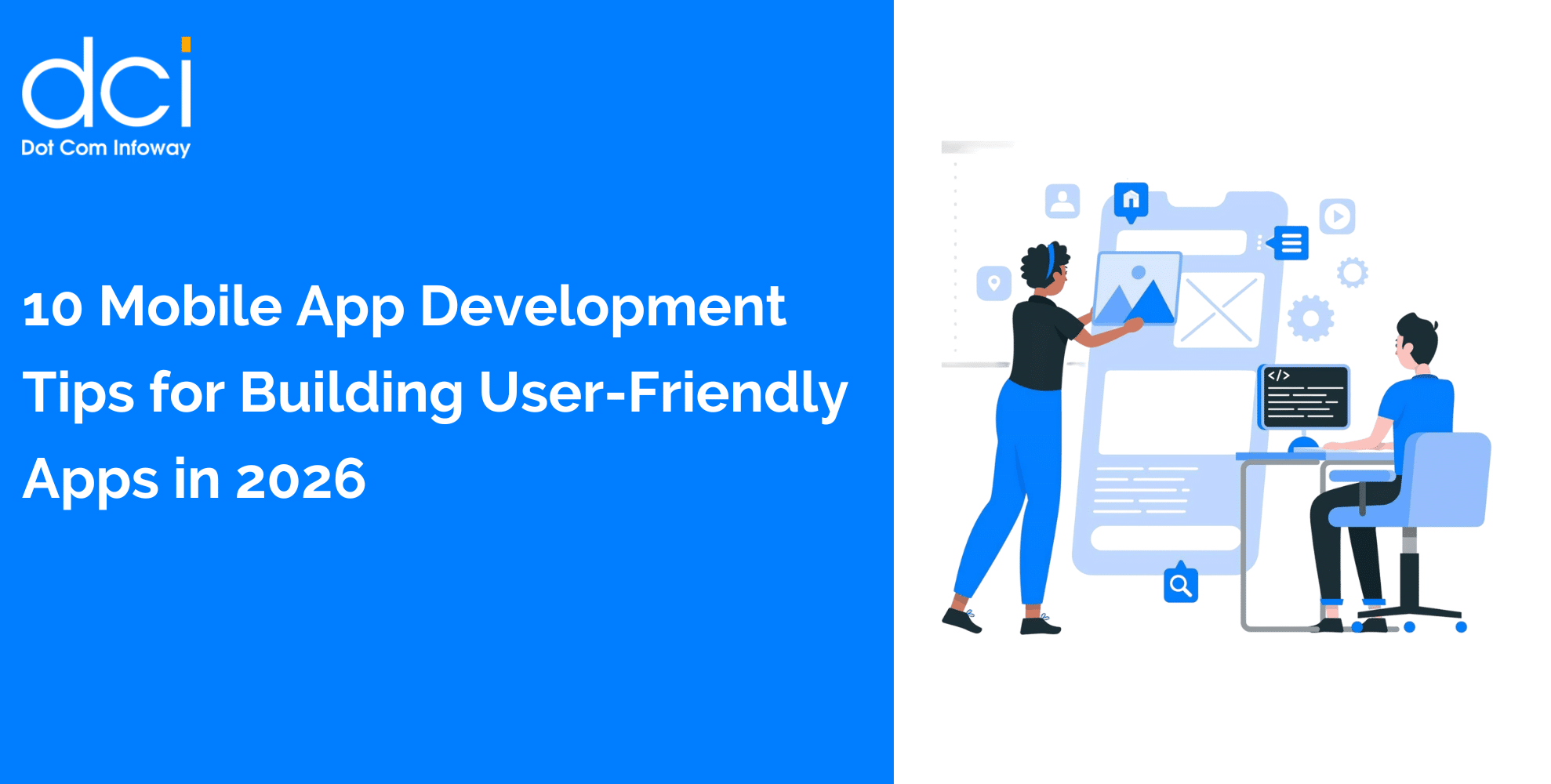The Hidden Truth About Google Rankings Most Websites Miss
Before diving into solutions, let’s address a critical misconception. Many business owners assume that simply having an SEO-optimized website guarantees Google rankings. The reality is far more complex.
Google’s ranking algorithm considers over 200 factors when determining search results, and the landscape has dramatically shifted toward user experience and content quality signals. As Helen Pollitt from Search Engine Land notes:
“The key to identifying why your page isn’t ranking is to systematically rule out the other possibilities. For this, you’ll need data, industry context, and a methodical approach.”
Recent keyword research reveals that “how to improve google ranking” receives 1,300+ monthly searches, while “improve website seo” garners 1,900+ searches—indicating massive demand for ranking solutions. Yet most content addressing these queries focuses on surface-level tactics rather than systematic diagnosis.
Technical Roadblocks That Kill Your Rankings Before They Start
The Crawling and Indexing Problem
When your website isn’t ranking, the first culprit to investigate is Google’s ability to access your content. Google Search Console data shows that 23% of ranking issues stem from crawling problems—issues that website owners often overlook.
Here’s what’s happening behind the scenes: Googlebot attempts to access your pages through various entry points. If robots.txt files, password protection, or server errors block access, your content never enters Google’s index. Without indexing, ranking becomes impossible.
Immediate Action Steps:
- Use Google Search Console’s URL Inspection tool to check indexing status
- Verify robots.txt isn’t blocking important pages
- Test page accessibility using “Fetch as Google” functionality
- Monitor crawl error reports weekly
Speed Kills Rankings (Literally)
Google’s Core Web Vitals have become ranking factors that can’t be ignored. Research from Search Engine Land demonstrates that page speed acts as a “tie-breaker” between competing pages, and in competitive niches, this difference matters significantly.
The three critical metrics destroying rankings:
- Largest Contentful Paint (LCP): Should load within 2.5 seconds
- Interaction to Next Paint (INP): Must respond within 200 milliseconds
- Cumulative Layout Shift (CLS): Should maintain visual stability below 0.1
Real-world example: E-commerce sites with LCP scores above 4 seconds experience 32% higher bounce rates and subsequently lower rankings, even with quality content.
Content Issues That Google’s Algorithm Punishes
The Intent Mismatch Epidemic
One of the most overlooked reasons why your website isn’t ranking involves search intent alignment. Google’s algorithm has become sophisticated at understanding user intent, and content that doesn’t match searcher expectations gets buried in results.
Consider this scenario from the embroidery industry example cited by Search Engine Land:
“If you are trying to rank for ‘what is embroidery,’ but your page only discusses the best type of materials to use in embroidery, Google will know that a user will be unsatisfied with the content of your page.”
Google recognizes four primary search intents:
- Informational: Users seeking knowledge
- Navigational: Users looking for specific websites
- Commercial: Users researching before purchasing
- Transactional: Users ready to buy
Misaligning your content with dominant search intent for target keywords ensures your website isn’t ranking competitively.
The Cannibalization Trap
Keyword cannibalization occurs when multiple pages target identical keywords, confusing Google about which page deserves rankings. This internal competition often results in none of your pages ranking well for the targeted terms.
Google Search Console’s URL Inspection tool reveals when Google considers a different page as the canonical version than intended. When this happens, your optimized page loses ranking potential to an unintended page variation.
Solution Framework:
- Audit your site for pages targeting similar keywords
- Consolidate thin content into comprehensive resources
- Use canonical tags to specify preferred versions
- Implement proper internal linking hierarchy
Authority and Trust Signals Google Demands
The Backlink Reality Check
External links remain one of Google’s strongest ranking signals, yet many websites struggling with rankings have insufficient link profiles. Recent analysis shows that pages ranking in position 1 have an average of 3.8x more backlinks than pages ranking in position 10.
The challenge isn’t just quantity—link quality matters exponentially more. A single link from a domain authority 80+ website can outweigh dozens of low-quality directory submissions.
Strategic Link Building Approach:
- Target industry publications and authoritative blogs
- Create linkable assets (research, tools, comprehensive guides)
- Engage in legitimate PR and outreach campaigns
- Build relationships with journalists covering your industry
E-E-A-T Optimization for Competitive Keywords
Google’s emphasis on Experience, Expertise, Authoritativeness, and Trustworthiness (E-E-A-T) has intensified, particularly for YMYL (Your Money or Your Life) topics. Websites lacking clear authority signals find their website isn’t ranking despite technical optimization.
According to Google’s Search Quality Rater Guidelines:
“The amount of expertise, authoritativeness, and trustworthiness (E-A-T) is very important for YMYL pages. However, different types of YMYL pages require different levels and types of E-A-T.”
E-E-A-T Enhancement Strategies:
- Create detailed author bios with credentials
- Publish original research and data
- Earn mentions from industry authorities
- Display trust signals (certifications, awards, testimonials)
Competitive Analysis: Why Others Rank While You Don’t
The Format Mismatch Problem
Google increasingly favors specific content formats for different query types. Video content dominates tutorials and how-to searches, while comparison tables rank higher for product evaluation keywords.
Format Optimization by Intent:
- How-to queries: Video + written instructions
- Comparison searches: Tables and side-by-side analysis
- Definition queries: Featured snippet-optimized answers
- Local searches: Maps integration and location-specific content

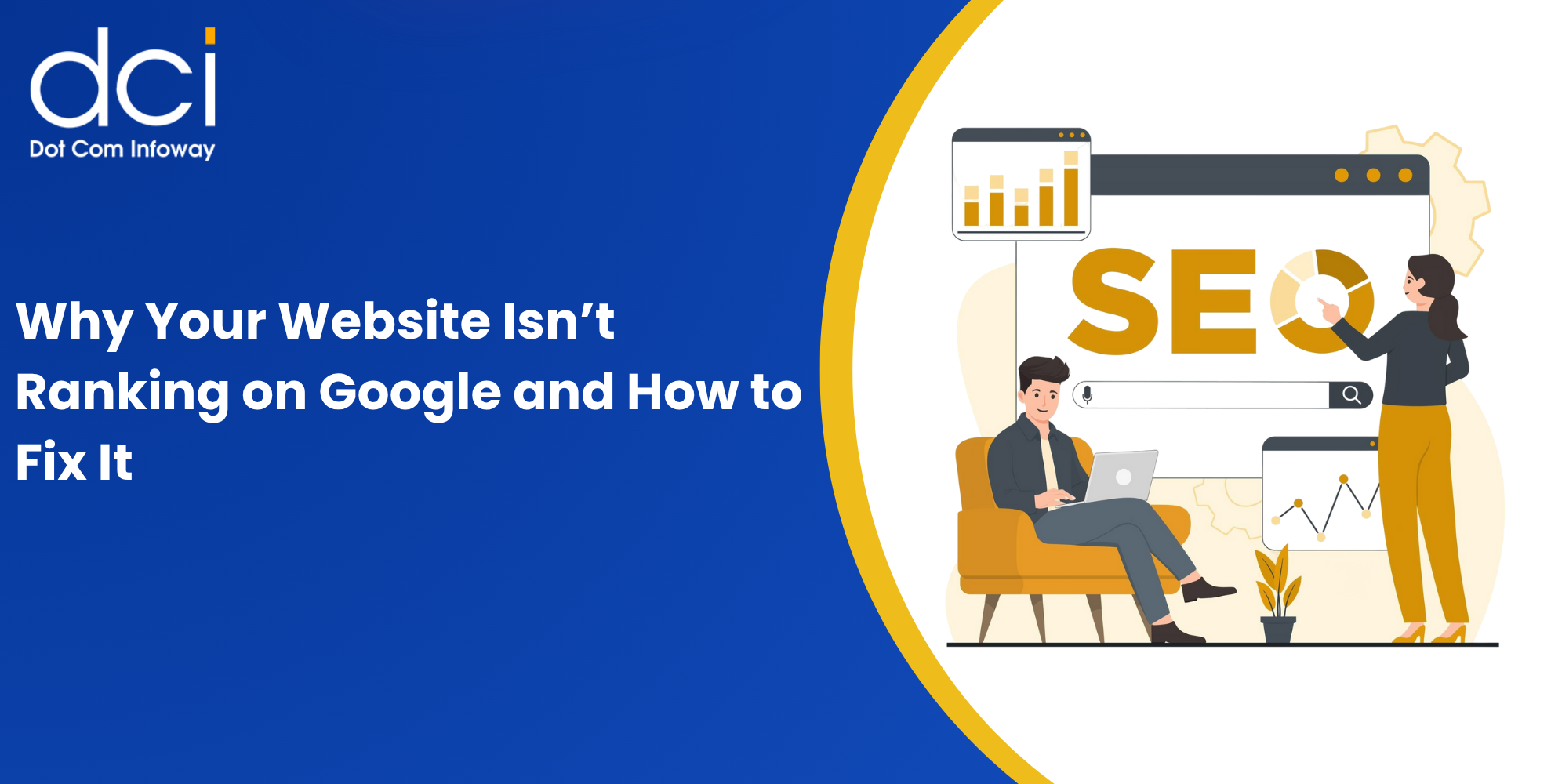

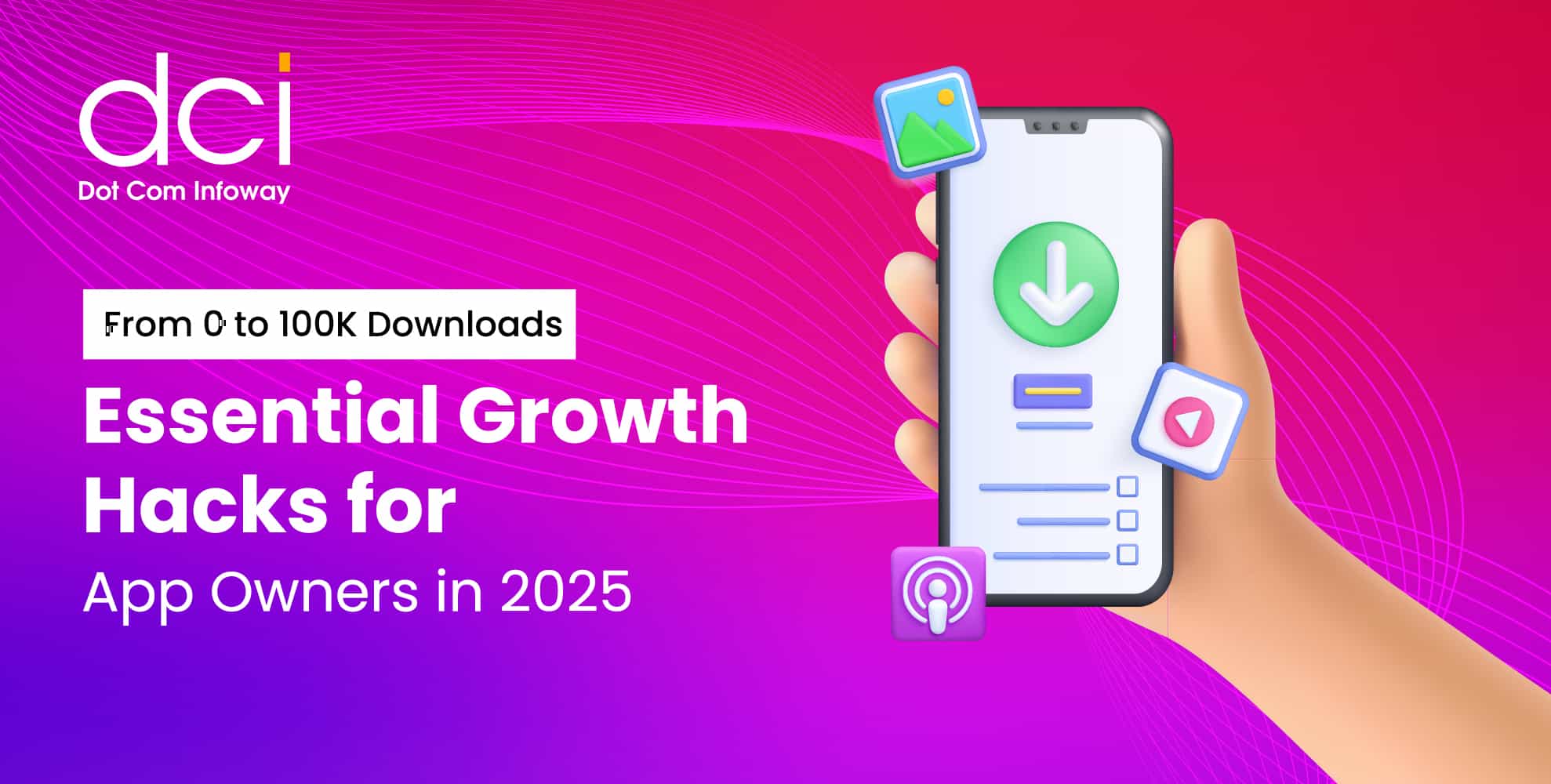

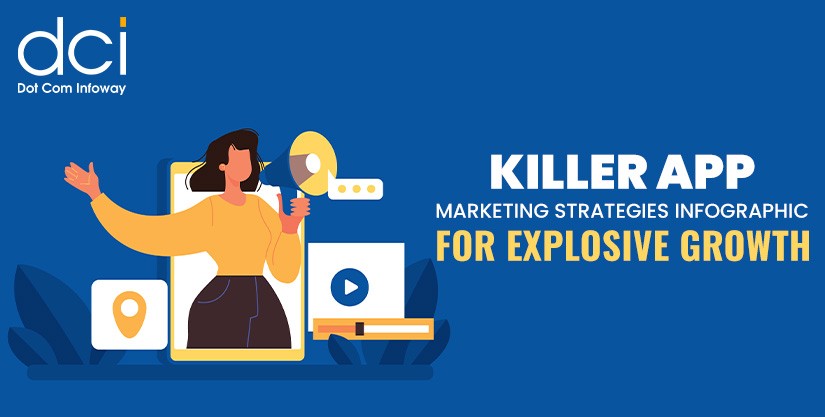

![The Game Marketing Guide: Pre and Post-Launch Strategies [Infographic]](https://www.dotcominfoway.com/wp-content/uploads/2023/09/DCI-Game-Marketing-blog-1.jpg)

